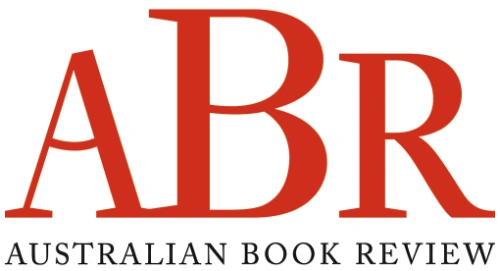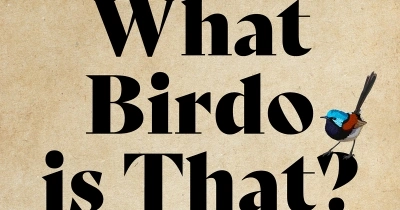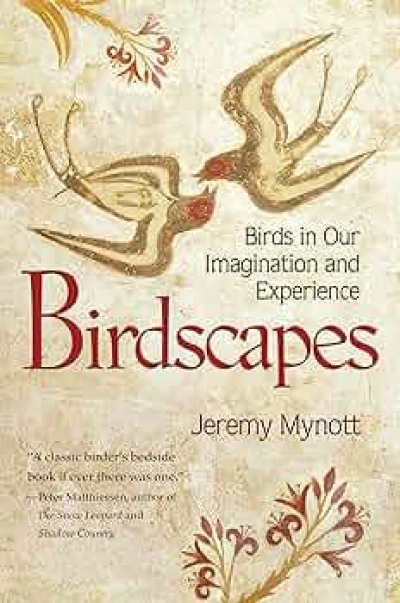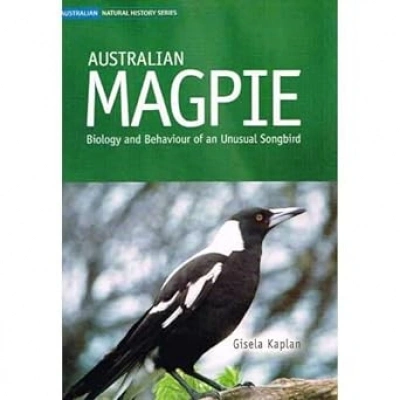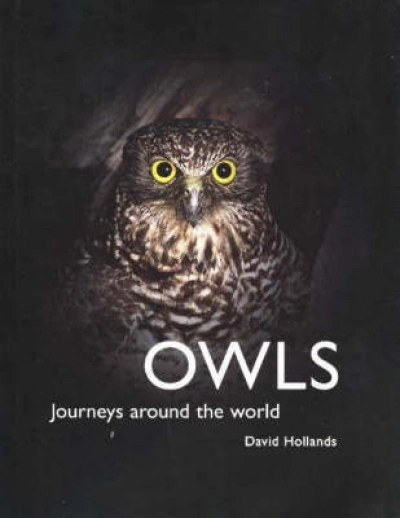Accessibility Tools
- Content scaling 100%
- Font size 100%
- Line height 100%
- Letter spacing 100%
Birds
What Birdo is That?: A field guide to bird people by Libby Robin
by Peter Menkhorst •
Birdscapes: Birds in our imagination and experience by Jeremy Mynott
by James Bradley •
Australian Magpie by Gisela Kaplan & Kookaburra by Sarah Legge
by Nick Drayson •
